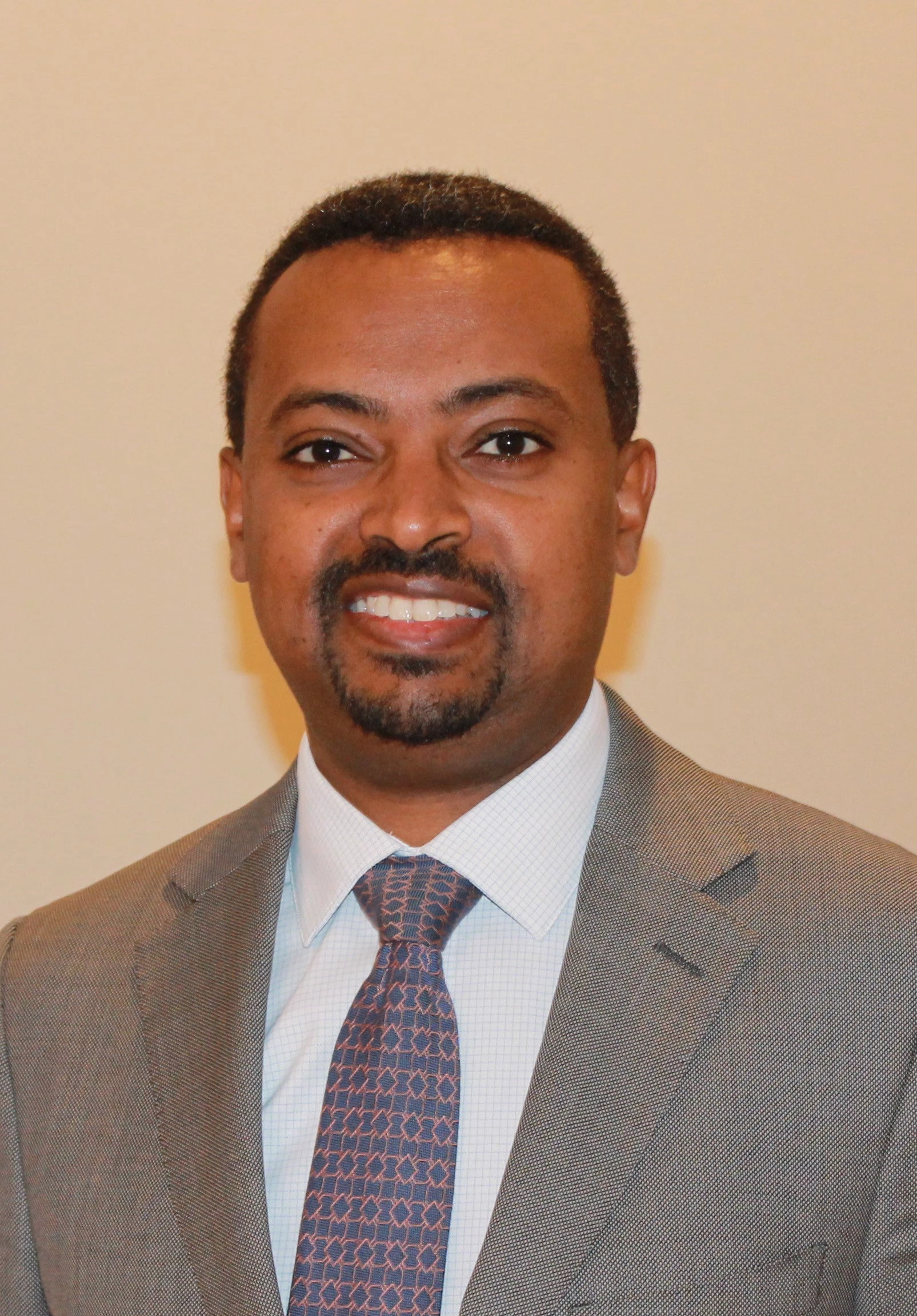 Ward Disaster Management Committee in one of the sessions for developing Community Disaster Preparedness and Response Plan
Ward Disaster Management Committee in one of the sessions for developing Community Disaster Preparedness and Response Plan
It is mid-October in Dar es Salaam, and it has been pouring rain for hours. Halima, her children, and her neighbors are worried because their neighborhood is beginning to flood, just like in every rainy season. They live in Jangwani, one of the Wards near the city center and one of the city’s most flood-prone areas. As the flooding increases, Halima must make the difficult decision to evacuate her home; she is unsure where to go. While friends and families have accommodated her in the past, it has not been easy.
Halima’s story is familiar around the world because disaster-affected people have always depended on their communities for immediate assistance. For centuries, communities have managed and responded to disasters, and studies show that neighbors rescue 90% of survivors of disaster events. On the other hand, governments are responsible for disaster management; however, not all of them have the technical and financial capacities to fulfill such responsibilities, especially those in developing countries. Global experience has highlighted that in cases where people can effectively take advantage of their unique capabilities as communities to plan for and respond to disasters, lives can be saved and impacts reduced.
In the case of Halima, she experienced something new on this October day; she learned she can go to a Young Africans Football Club building to find a place to sleep and food. What changed this time? The Jangwani Ward Disaster Management Committee organized a temporary shelter and mobilized resources to ensure that Halima and other 300 people receive the support they need.
The Jangwani Ward Disaster Management Committee is responsible for coordinating disaster management activities in its community; however, just like other committees across the city, it was not fully active in the past, despite being established by the Disaster Management Policy 2004. With the support of the World Bank, the committee came to life.
The Tanzania Urban Resilience Program, a partnership between the World Bank and United Kingdom’s Foreign, Commonwealth and Development Office, supported strengthening community emergency response capacity and community resilience in 12 wards across Dar es Salaam.
Working with Ilala and Kinondoni Municipalities, the program supported the formation and activation of Disaster Management Committees in the 12 wards. The committees now coordinate disaster-related issues in their areas, including flood preparedness and response every rainy season.
Training and capacity building are central to this support. This made the committees aware of their roles and responsibilities, which they have started fulfilling. The committee members now have the basic knowledge of disaster risk management to guide their work.
To strengthen community emergency response capacity, the committees have also developed Community Disaster Preparedness and Response Plans. The plans organize and coordinate community actions and state the responsibilities of community members and the committees concerning flood preparedness and response. Guided by these plans, the communities now are communicating early warnings of floods, organizing evacuations, mobilizing relief items, and pumping floodwater out of the neighborhoods after the floods. For example, in addition to the relief provided to citizens in Jangwani, the Vingunguti Ward Disaster Management Committee also mobilized relief items such as food and mattresses from within and outside the ward to support households that lost household items and houses to the October 2020 floods.
Community members cleaning stream to reduce flood risk in preparation for the rainy season.
The wards have also developed Disaster Risk Reduction Plans to guide communities’ actions towards flood risk reduction. The committees have identified low-cost measures that can be implemented with minimal support from the government or stakeholders. The committees now organize community clean-ups of streams and drains to allow stormwater to flow. For example, at the beginning of the 2020 March-May rainy season, Jangawani and Mchikichini committees collaborated with the Ilala District Commissioner to mobilize resources to clean a large concrete drainage channel locally known as the “Breweries drain.” This channel goes through the two wards to the Msimbazi River and contributes significantly to flooding when blocked with solid waste.
A toolkit for developing the Community Disaster Preparedness and Response Plans and Disaster Risk Reduction Plans was prepared to guide the process. Municipalities and wards can now use it to guide the development of such plans in other wards outside the program.
Organizing a temporary shelter might not seem much, but it is a great starting point to mobilize and bring together communities to become resilient and well organized to cope with increasing disaster risks.
Related Links
Tanzania Urban Resilience Program
Emergency Response Planning – Preparing Communities to Tackle Disaster Risk
Tanzania: Ramani Huria Community Mapping in Dar es Salaam - Video




Join the Conversation